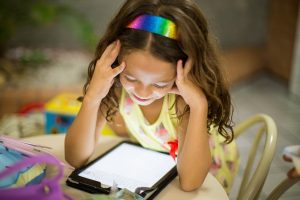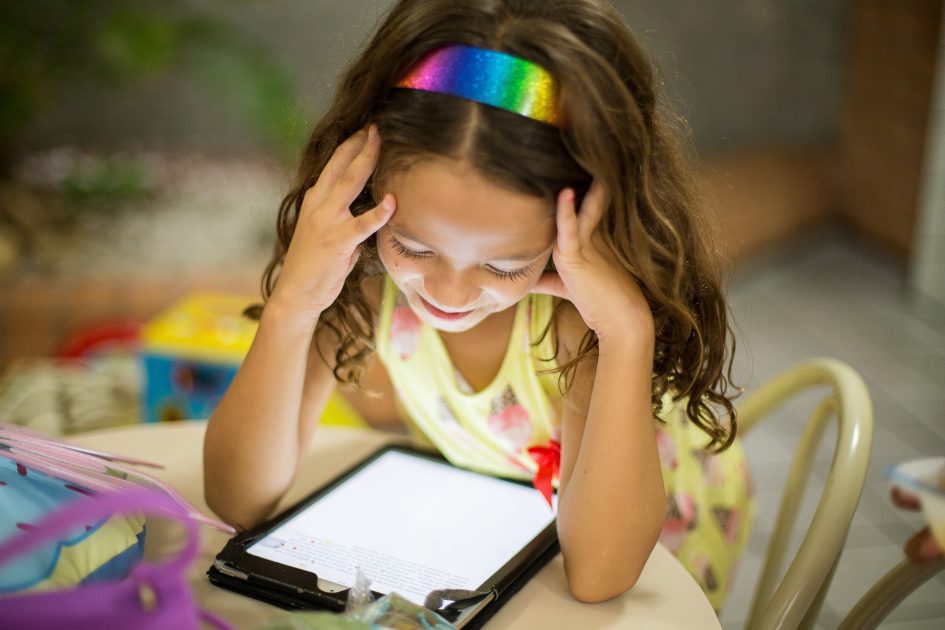This week, I learned about several new models, frameworks, and theories in relation to education, multimedia instruction, and digital technology. Some of the material that was discussed in the readings this week encouraged reflection into my own practice and sparked some questioning and deeper critical thinking. These questions and curiosities are largely centred around how some aspects of these readings connect with my context and my philosophies as an educator.

Photo by Patricia Prudente on Unsplash
I enjoyed watching the Youtube video What is the TPACK Model?, which I thought did a great job of highlighting the 3 domains that integrate to support your [educator’s] understanding of how technological tools can enhance your teaching and how you can support student learning more deeply and effectively. I appreciated how the video provided exemplars of each of the domains and illustrated how they connect to support teaching and learning. While watching the video, it became very clear that I personally am less comfortable and confident with my Technological Knowledge domain, which then impacts my overall ability as an educator to combine all 3 domains. In particular, I would say that I am challenged with my knowledge about the use of the tools and how to find quality content (e.g. Apps) to integrate into my practice in a meaningful way. However, I think that by sharing our experiences with technology in our classrooms (and Apps that work well!), that it will support our growth and confidence with using technology.
In comparison, reading the article about the SAMR Model by Hamilton, Rosenberg, and Akcaoglu (2016), it was interesting to think about the use of technology in a more hierarchical model. I agree with the statement made by the researchers, that the intention of integrating technology should be focused on how it may enhance or support student learning, not that better technology automatically leads to better results in student achievement. In addition, the researchers (2016) also stated that the effects of technology use are greatly determined by how teachers and students are using it, as well as the task it is being used for. Therefore, I agree that technology should be used intentionally in order to support teaching and learning in meaningful ways, not solely because it is available or because you have the technological knowledge to use various devices.
Finally, I found the article by Mayer (2017) to be interesting and thought provoking. I thought that the article provided strong exemplars of how various multimedia principles demonstrate how individuals learn best when engaging with e-learning, or computer-based multimedia instruction. However, when I first read this article, I had a hard time finding the connection between the reading and how it relates to my practice. In my primary classroom, most of our learning is face-to-face (educator and students) and is play, nature, and project-based learning, with meaningful use of technology (e.g. Skype with our sister school, BookCreator app, iPad camera to document learning, etc.). However, sometimes we use videos to supplement in-class learning (e.g. watching a solar system video), so I can see how understanding these principles can help me to select quality multimedia resources for these purposes.
One other example where I currently use e-learning in my classroom is through our work with a Speech and Language Pathologist. Unfortunately, we do not have a SLP that can visit our school in person, so we use a service called Tiny Eye to provide speech and language service to some of our students. Each student meets with the SLP one-on-one (with either myself or the EA present) in a video chat. Through this program, the SLP supports each student’s needs with articulation, syntax, or language and communication skills by using visual and auditory processes (e.g. visual representation for the correct mouth formation for /s/ along with the auditory narration for /s/). However, one element of this e-learning that I have witnessed as being beneficial for my students is also a kinaesthetic approach to learning (e.g. by moving their own mouth to make the correct formation to make the correct letter sound). I understand that many people can learn through visual and auditory processes, however, I am cautious to over-generalize by stating that “people learn better from words and pictures” (Mayer, 2017, p. 404). As part of my practice and philosophy, I integrate UDL principles into my teaching and how I support student learning and differentiated learning to meet the needs of all my students. Therefore, I wonder how different aspects of learning connect with dual-channels principle (dual-coding theory).
References:
Hamilton, E. R., Rosenberg, J. M., & Akcaoglu, M. (2016). The Substitution Augmentation Modification Redefinition (SAMR) Model: A Critical Review and Suggestions for its Use. TechTrends, 60(5), 433–441.
Mayer, R. E. (2017). Using multimedia for e‐learning. Journal of Computer Assisted Learning, 33(5), 403-423.

October 6, 2019 at 8:38 pm
Hi megc,
Thanks for sharing your reflections on the readings this week. I quite enjoyed the TPACK model video and have witnessed transformations within classrooms when educators have access to technology and education with how to use it. One of my fears as I get older is that I will become less familiar with technology. As educators, it is important to stay up to date with relevant tech. I applaud your decision to research quality apps.
Have you used Tiny Eye with K/1 students? At my school we use Tiny Eye with older students. Our K/1 students are seen a few times a year by an SLP who then provides activities for our EAs to implement and play with the children. Just curious!
October 7, 2019 at 8:08 am
Hi mrsandersenswestcoastclassroom,
Yes – this year I have 1 Kindergarten, 1 Grade 1, and 2 Grade 3 students who are using TinyEye as a SLP service. It’s been working well so far – the SLP we are working with is also very lovely and the children enjoy their video chat time with her as well, which I think makes a big difference. She plays lots of different online games with them to practice their skills and then the EA (who is the eHelper this year) shares notes with me from the sessions and we make connections to those sessions with daily practice in the classroom too! Thanks for your curious questions 🙂
October 7, 2019 at 6:27 am
Thanks Meagan for your post. I liked how you made personal connections to all the course materials, this week! That is also really neat how your students access SLP instruction through technology! I think your your idea of sharing Apps through this course is a great one! Maybe we can all share our lists of Apps through Goggle Docs or something?
October 8, 2019 at 5:38 pm
Hi Megan,
I thought is was interesting that the effects of technology use are influenced by how the teacher and students. Teachers need to ask themselves and reflect on whether the technology in the classroom is actually enhancing student learning. Makes me really think about whether the apps I am using in the classroom are actually benefiting my students. I have asked a few FI teachers to come up with a list of good apps that teachers should be using to help with student phonemic awareness. I will share what I gather in our shared app document.
Love your connections with the article. Take care!